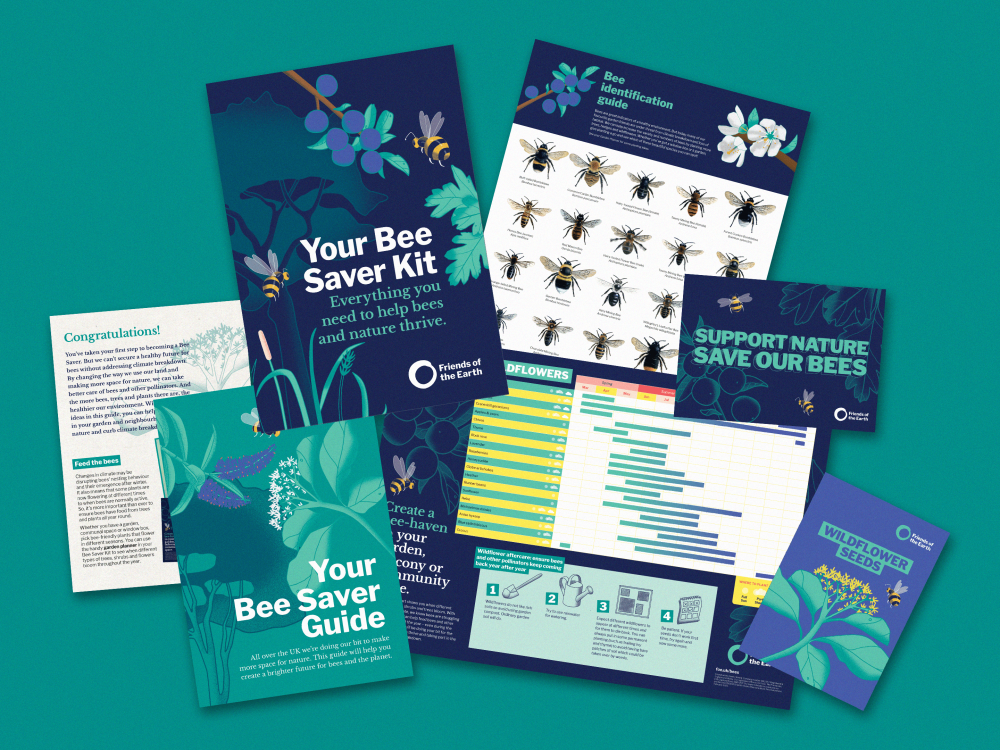Herbs are easy to grow, and some are a valuable source of food for our bees and other pollinating insects. They also have the benefit of adding fantastic flavour to our meals.
Short of space? Try marjoram, thyme, chives , sage or creeping rosemary in a pot. If you have more space in a sunny border, try a rosemary shrub.
Angelica, with its nectar-rich flowers, will attract plenty of early bees and other pollinators, and unlike many other herbs, can thrive in partial shade. Fennel is rich in nectar and pollen, and will attract a variety of solitary bees, such as Mining bees and Yellow-faced bees, as well as Bumblebees and Honey bees.

















